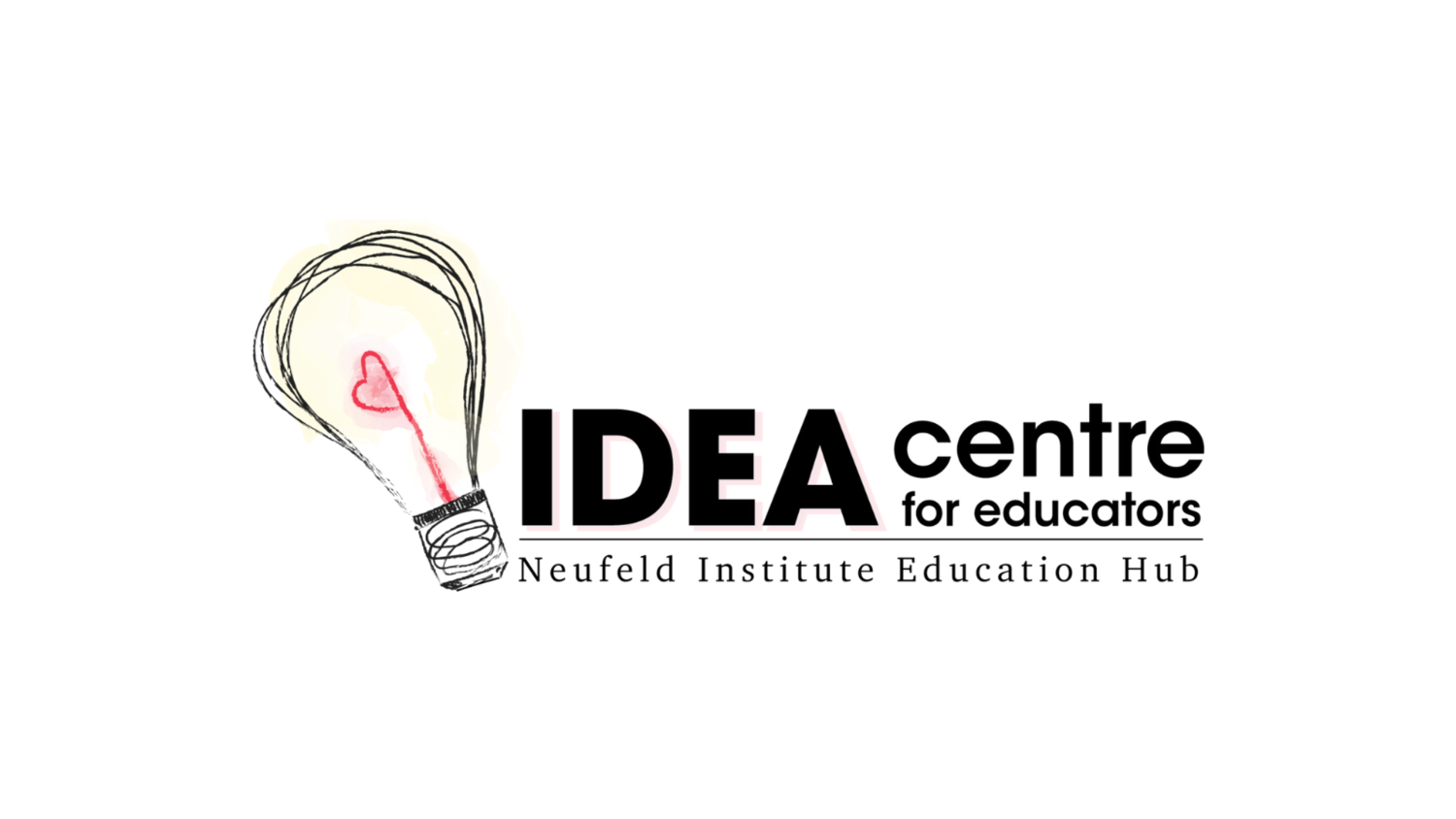Reflections on Readiness: Are We Moving Too Fast?
I’ve been reading a classic, The Hurried Child, written by David Elkind back in the early 80’s. Elkind brings to our attention all the ways that we, as a society, are in a hurry to grow our children up - to know things sooner, to master things earlier, to perform in sports and music at younger and younger ages. He also walks though the cost to this push forward that is so often out of step with the developmental plan.
To read this now, some 40 years later, is eye-opening. Instead of getting better, the situation has only become more intensified. Our children are more “hurried” than ever. There is more pressure on them to grow up; to learn things before they’re ready, and to perform in ways that actually interfere with the unfolding of their potential.
So many of our practices today have lost, or drifted away from, the meaning and context that was originally attached to them. We are often left with this way of doing things that we have been blindly following, without questioning whether it still makes sense - or whether it is working. And so I want to question: is it working?
I want to walk around this idea of “readiness.” What would it look like to truly assess this for a child? Not in terms of their age or grade, but rather their capacity for receptivity. Is this child ready? Is hurrying them - is speeding them along, trying to force the learning, pushing harder and further ahead - is this the way through? Or do we need to slow it down? Do we need to back up and look at how we can support this child? How can we create the kind of conditions that will LEAD to the child being ready?
Many times, instead of being swayed by the societal urge to push ahead, we need to pause - because sometimes a rest, sometimes retreat, is actually our best way forward. But we’ve become so afraid of “falling behind” that we have lost track of how growth actually happens.
I have a friend whose son struggled with math. It seemed to cause much frustration and so she made the decision to not put that pressure on him and instead to wait. He wasn’t ready. His mind wasn’t quite wired up to be able to process or take it in. When he was 12 years old, his brain suddenly was ready. I say “suddenly” but in reality all of the opportunities he had to play and explore, without the pressure of performance, built and prepared the neural pathways for the processing that was needed. And he not only stepped into math with ease, but he loved it and went on to become an engineer. Math became his world. Was it because he started early? No. No, if he started early, his frustration and discouragement may have created a block; he may have decided that he was no good at it and given up.
I took that story to heart, and when my own daughter was struggling with math in those early years, I decided to take the pressure off. Her brain seemed to work differently, and she wasn’t ready quite yet. And so rather than push through, I retreated. I provided many opportunities for her to play with the concepts and ideas - through recipes in the kitchen, building chicken coops, and well, just everyday life. But we pressed pause on the “curriculum” until she was 13. At that point, she was hungry for it and stepped right into an advanced level of math. She maintained a love for math that continued into university, where one semester she decided to take calculus as an elective.
We just don’t know what we are sacrificing when we push ahead or when we bypass the readiness of a child in the urge to impart knowledge that we, as adults or as society, thinks is important. When we don’t allow time for the natural process of exploration and discovery, we may find our shortcuts don’t hold out in the end. Not only may we snuff out a child’s spark for learning, but we may even affect how they see themselves - as not good enough or smart enough.
The moral of my story here, the message I hope to communicate, is: when in doubt, ease up. Trust in the developmental process. They’ll get there - or at least get to whatever their unique potential is once their brain and their heart are ready. Our job is to spend more energy creating the conditions for this to happen naturally, instead of pushing for outcomes. Can we find ways to create a more natural learning environment? Can we find ways to bring the child’s alarm down? How can we capture their interest in a different way, perhaps engaging them in their learning for the first time? Is there a spark we can ignite? Can we invite them to lean in and depend on us?
We have become fearful of this too - this idea of dependence - without realizing that this is our way through to them coming to their own thoughts and ideas and motivation. Not by pushing them, or teaching them these things - but by creating enough safety in the relationship with us that they have the courage to venture forth and explore their world. For some, this sense of safety may take longer to establish; there may be reasons the child is reticent to trust or to lean. In this case, it would indicate a need for more connection, not more force.
Our way through is in the pause, in the rest, in the opportunities for free play where the pressure to perform is lifted, if only for a window of time. This is where true readiness for learning will come.

